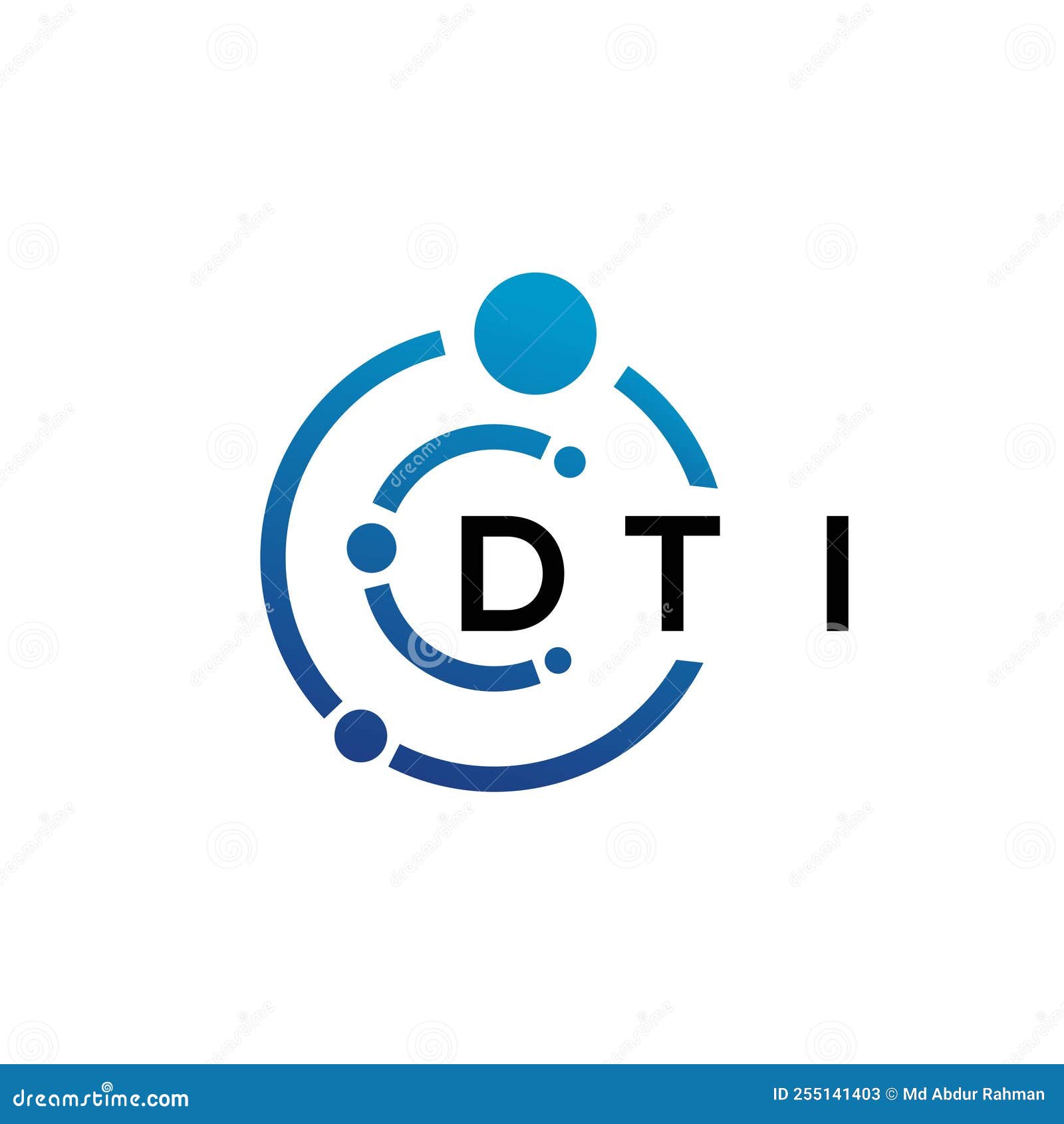Y2K DTI: A Comprehensive Guide To Understanding The Digital Transformation Era
Y2K DTI stands as a pivotal moment in the history of digital transformation, marking the transition into the new millennium. This era not only brought about significant technological advancements but also reshaped industries and economies worldwide. Understanding the implications of Y2K DTI is crucial for businesses and individuals alike, as it continues to influence modern digital strategies.
As we delve deeper into the topic, we will explore the multifaceted aspects of Y2K DTI, examining its origins, impact, and lasting legacy. This article aims to provide comprehensive insights into how this digital transformation initiative has shaped our current technological landscape, offering valuable information for both seasoned professionals and newcomers to the field.
The significance of Y2K DTI extends beyond mere technical challenges; it represents a fundamental shift in how organizations approached digital readiness and technological preparedness. Through this article, we will uncover the various dimensions of this transformation, supported by reliable data and expert analysis, ensuring that readers gain a thorough understanding of this critical period in digital history.
- Troian Bellisario Parents A Deep Dive Into Her Family Background
- Doechi Background A Comprehensive Guide To Understanding Its Significance
Table of Contents
Understanding Y2K DTI
The term Y2K DTI refers to the Year 2000 Digital Transformation Initiative, a comprehensive global effort to address the potential technological challenges associated with the transition from the 20th to the 21st century. This initiative encompassed various aspects of digital infrastructure, including software systems, hardware components, and data management protocols.
At its core, Y2K DTI aimed to ensure that computer systems and digital technologies could accurately process dates beyond December 31, 1999. The primary concern stemmed from the widespread use of two-digit date formats, where the year "00" could be misinterpreted as 1900 instead of 2000, potentially causing system failures or data corruption.
The scope of Y2K DTI extended across multiple sectors, including finance, healthcare, transportation, and government services. Organizations worldwide recognized the potential risks and allocated significant resources to mitigate any possible disruptions, leading to one of the largest coordinated technological efforts in history.
- May 25 Zodiac Unveiling The Secrets Of Gemini Born
- Patrick Mahomes The Rise Of An Nfl Legend And His Impact On The Game
Historical Context of Y2K DTI
The origins of Y2K DTI can be traced back to the early days of computer programming, when storage space was limited and expensive. Programmers adopted the two-digit year format as a space-saving measure, never anticipating the longevity of these systems or the potential complications they might cause decades later.
Throughout the 1990s, as the new millennium approached, experts began warning about the potential consequences of the Y2K bug. The term "millennium bug" gained widespread attention, prompting governments and organizations to take action. The United States government, for instance, established the President's Council on Year 2000 Conversion in 1997 to coordinate national efforts.
By 1998, Y2K DTI had become a global priority, with international organizations such as the United Nations and the International Monetary Fund actively involved in coordinating response efforts. The World Bank estimated that global spending on Y2K compliance reached approximately $300 billion, highlighting the scale and significance of this digital transformation initiative.
Technical Challenges and Solutions
The technical challenges associated with Y2K DTI were multifaceted and required innovative solutions across various technological domains. These challenges could be broadly categorized into software-related issues and hardware limitations, each demanding specific approaches to ensure system compatibility and functionality.
Software Updates and Patches
Software systems presented the most immediate challenge for Y2K DTI. Legacy systems, particularly those developed in the 1960s and 1970s, required extensive modifications to handle four-digit year formats. The solutions implemented included:
- Complete code rewrites for critical systems
- Development and deployment of Y2K-specific patches
- Implementation of date expansion techniques
- Windowing methods to interpret two-digit years correctly
Major software vendors such as Microsoft, Oracle, and IBM played crucial roles in developing comprehensive Y2K solutions. They established dedicated teams and released multiple updates to ensure their products remained functional and reliable beyond the millennium transition.
Hardware Upgrades
Hardware components also required attention during Y2K DTI, particularly in embedded systems and industrial equipment. Key hardware-related solutions included:
- Replacement of outdated microcontrollers
- Upgrading firmware in critical infrastructure systems
- Implementing hardware abstraction layers
- Developing compatibility modes for legacy equipment
The manufacturing sector faced particular challenges, as many production lines relied on programmable logic controllers (PLCs) that needed Y2K compliance. Companies invested heavily in upgrading their hardware infrastructure to prevent potential disruptions in manufacturing processes.
Economic Impact of Y2K DTI
The economic implications of Y2K DTI were substantial and far-reaching, affecting both public and private sectors on a global scale. The World Bank's estimate of $300 billion in global spending represents just the tip of the iceberg when considering the broader economic consequences of this digital transformation initiative.
In the United States alone, the government allocated approximately $8.5 billion for Y2K preparedness across federal agencies. The private sector matched this investment, with major corporations spending millions to ensure their systems were Y2K-compliant. For instance, General Motors reported spending over $500 million on Y2K-related projects, while Citibank invested approximately $700 million in its compliance efforts.
The economic impact extended beyond direct spending on Y2K solutions. The initiative created numerous job opportunities in IT and technical fields, with estimates suggesting that over 200,000 new positions were created specifically to address Y2K challenges. Moreover, the focus on digital infrastructure modernization contributed to the rapid growth of the IT industry, laying the groundwork for the dot-com boom of the early 2000s.
Global Response and Coordination
The global response to Y2K DTI demonstrated unprecedented international cooperation and coordination. Governments, international organizations, and private sector entities worked together to address potential challenges, recognizing the borderless nature of digital systems and their interconnectedness.
The United Nations established the International Y2K Cooperation Center (IY2KCC) in 1998 to facilitate information sharing and coordinate response efforts among member states. This initiative proved crucial in ensuring that developing nations received necessary support and resources to address their Y2K challenges.
Regional cooperation also played a significant role in the global response. The European Union implemented comprehensive Y2K readiness programs, while the Asia-Pacific Economic Cooperation (APEC) forum established working groups to address cross-border Y2K issues. These collaborative efforts helped prevent potential disruptions in international trade, financial systems, and global supply chains.
Lessons Learned from Y2K DTI
The Y2K DTI experience provided valuable insights into digital transformation and technological preparedness. One of the most significant lessons learned was the importance of proactive planning and risk management in technological infrastructure. Organizations that began their Y2K preparations early and maintained thorough documentation of their systems faced fewer challenges during the transition.
Another crucial lesson was the value of international cooperation and information sharing. The success of Y2K DTI demonstrated that global technological challenges require collaborative solutions and transparent communication channels. This understanding has influenced subsequent international responses to cybersecurity threats and technological crises.
The initiative also highlighted the need for ongoing investment in digital infrastructure and the dangers of relying on outdated systems. Many organizations discovered that their technological debt had accumulated to problematic levels, prompting a shift toward more sustainable IT management practices and regular system updates.
Long-term Effects on Digital Infrastructure
The long-term effects of Y2K DTI on digital infrastructure have been profound and enduring. The initiative accelerated the modernization of IT systems across various sectors, leading to significant improvements in system architecture and data management practices. Many organizations adopted more robust software development methodologies and implemented comprehensive testing protocols that continue to benefit their operations today.
The focus on digital readiness during Y2K DTI also contributed to the development of more resilient technological ecosystems. The experience gained from addressing Y2K challenges informed subsequent approaches to system upgrades and digital transformations, particularly in critical infrastructure sectors such as finance, healthcare, and transportation.
Furthermore, Y2K DTI helped establish important precedents for technological governance and regulatory compliance. The initiative demonstrated the effectiveness of coordinated government-industry partnerships in addressing large-scale technological challenges, setting a template for future digital transformation efforts.
Modern Relevance of Y2K DTI
The principles and lessons from Y2K DTI remain highly relevant in today's rapidly evolving digital landscape. As organizations face new technological challenges, such as cloud migration, artificial intelligence integration, and cybersecurity threats, the structured approach developed during Y2K continues to provide valuable guidance.
Modern digital transformation initiatives often draw parallels to Y2K DTI, particularly in terms of risk assessment and mitigation strategies. The emphasis on thorough system audits, comprehensive testing protocols, and stakeholder communication established during Y2K has become standard practice in contemporary IT projects.
Moreover, the Y2K experience has informed current approaches to legacy system management and technological debt reduction. Organizations now recognize the importance of maintaining up-to-date systems and implementing regular upgrade cycles to prevent future technological crises similar to the Y2K challenge.
Future Implications for Digital Transformation
Looking ahead, the legacy of Y2K DTI continues to shape future digital transformation strategies. As we approach new technological milestones, such as the transition to quantum computing and the implementation of 6G networks, the lessons learned from Y2K provide crucial insights into managing large-scale digital changes.
One significant implication is the growing emphasis on anticipatory technological planning. Organizations are increasingly adopting forward-looking approaches to system design, incorporating flexibility and adaptability into their digital infrastructure to accommodate future technological advancements.
The success of Y2K DTI also underscores the importance of maintaining robust digital ecosystems and investing in technological education. As digital transformation accelerates across industries, the principles of thorough preparation, international cooperation, and proactive system management established during Y2K will continue to guide organizations through future technological transitions.
Conclusion
The Y2K DTI stands as a testament to humanity's ability to address complex technological challenges through coordinated effort and innovative solutions. This comprehensive digital transformation initiative not only successfully navigated the transition into the new millennium but also established crucial precedents for modern technological governance and digital preparedness.
From the historical context and technical challenges to the economic impact and long-term effects, this article has explored the multifaceted aspects of Y2K DTI. The lessons learned from this experience continue to inform contemporary approaches to digital transformation, emphasizing the importance of proactive planning, international cooperation, and sustainable technological development.
We encourage readers to share their thoughts and experiences related to Y2K DTI in the comments section below. For those interested in exploring similar topics, we recommend reading our articles on modern digital transformation strategies and technological risk management. Your engagement and feedback are invaluable as we continue to document and analyze significant technological milestones that shape our digital future.
- Amber Lynn Bach Website A Comprehensive Guide To Her Online Presence
- Producer Dil Raju Net Worth A Comprehensive Overview Of His Career And Achievements

DTI Letter Logo Design On White Background. DTI Creative Initials

Anemometry and Air Flow Danish Technological Institute